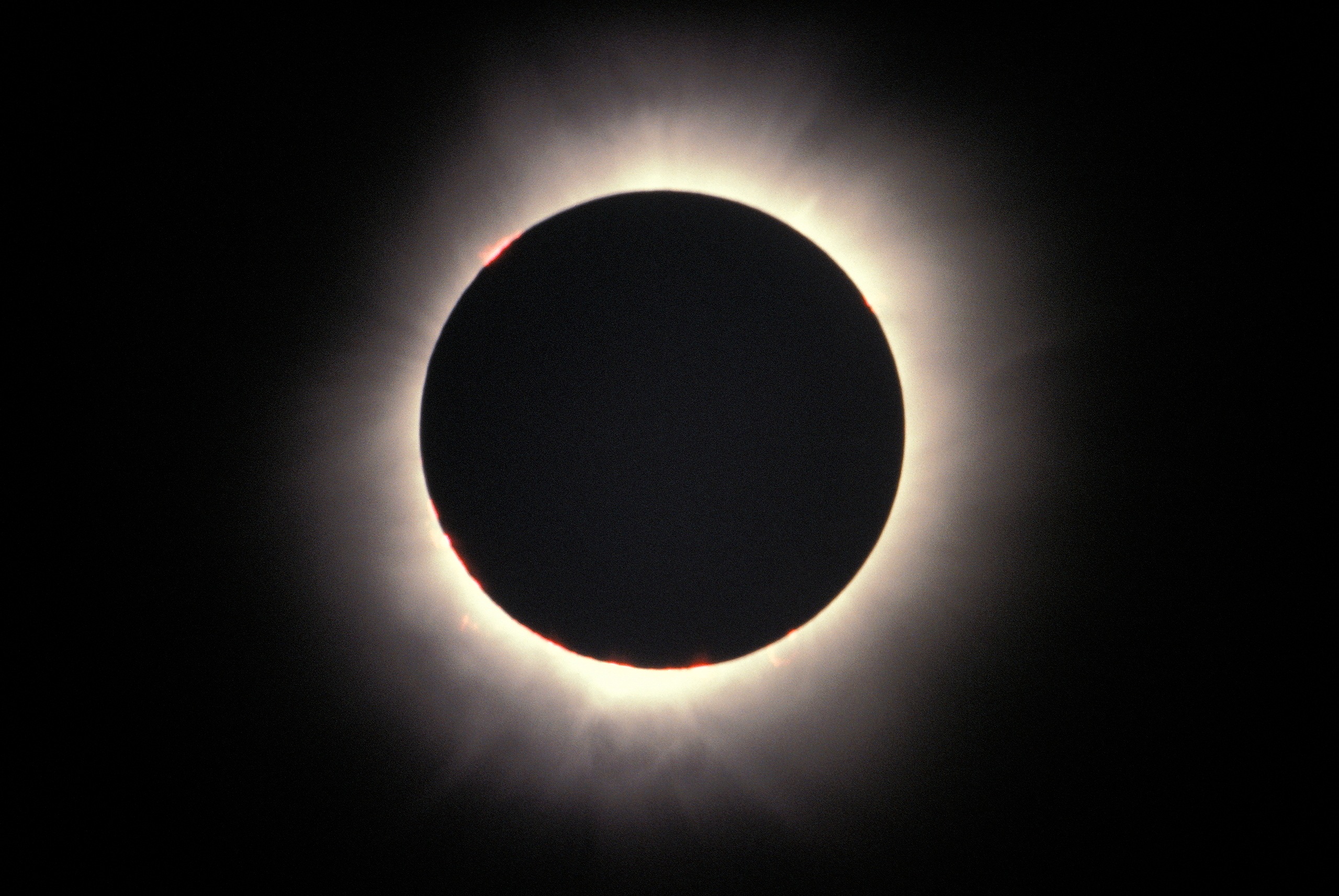For a change of pace here at SF and Nonsense, where physics, astronomy, and IT tend to dominate regular looks at the frontiers of science and tech, this post will consider biology.
We'll begin by "Introducing 'dark DNA' – the phenomenon that could change how we think about evolution." By analogy to dark matter, dark DNA denotes genes that conventional understanding insists must be present in a species's genome -- but aren't. Wild, wacky stuff.
And sticking for the moment at the cellular level, consider "Super-strong cell-size origami robots are coming: US physicists unveil game-changing biomorph nanobots."
These real-world nanobots are made in part from graphene: an allotrope of carbon atoms arranged into sheets one atom thick. Among possible applications of these nanobots is precisely delivering tiny doses of drugs. In my 2009 novel Small Miracles, the medical nanobots are made from single-wall carbon nanotubes: another allotrope of carbon, that is essentially a bit of graphene sealed into a roll. I love when life imitates art. Especially my art.
It's long been known that microgravity plays havoc with the human body. The loss of bone mass, for example, and the attendant risks as calcium leached from bones goes elsewhere in the body. The loss of muscle tone. But here's a new one: "Tests confirm spaceflight alters the brain: The prolonged effects of microgravity raise doubts about the health of astronauts heading to Mars." A choice excerpt:
... over time microgravity causes the brain to shift upwards in the
cranium. This creates greater pressure on its upper surface (the
vertex), obstructs the normal flow of blood and the cerebrospinal fluid
(CSF) that bathes the it and the spinal nervous system. It also causes
the the optic nerve inside the eye to swell. The result is impaired
vision – a disorder known on Earth as papilledema.
And while we're at the nexus of biology and things in the sky, consider this: "The solar eclipse burned a crescent wound on a woman’s retina. She wasn’t wearing proper glasses. Ouch!
I'm very glad I carefully examined my eclipse glasses before last year's big event. (I bought two sets, just to play safe. One set was not up to snuff. Amazon, to their credit, issued a refund. Not that, had I been so ill-prepared as to use them, getting back my few bucks would have provided much comfort.)
And now this life form is back to a work at a different nexus between things biological and astronomical ...
Tuesday, January 9, 2018
Subscribe to:
Post Comments (Atom)



































No comments:
Post a Comment